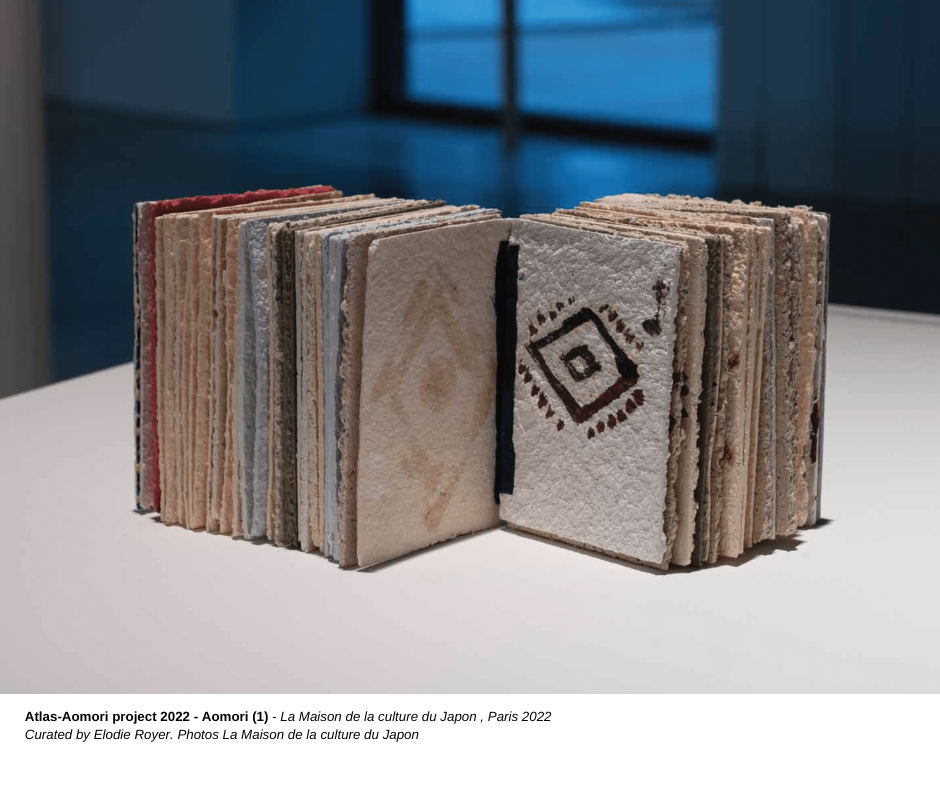A Memorial to the Poets of the Syrian Colony
Help make it a reality; donate today! Your gift is tax-deductible.
Al Qalam: Poets in the Park
a Permanent Public Art Installation Commemorating the First Arabic-speaking Community in the United States
In the late nineteenth and early twentieth centuries, the Lower West Side of Manhattan was home to a vibrant Arabic-speaking community called “the Syrian Quarter” or “Little Syria.” Located on Washington Street, it stretched from the Battery to Albany Street. The community was the seedbed of a literary flowering that powerfully influenced Arabic and American literature over the next century. The Arab presence in Lower Manhattan is an important but largely unknown part of New York City’s immigrant heritage and deserves to be memorialized.
The Genesis of the Project







In 2011, members of what would become the Washington Street Historical Society advocated for the installation of a public artwork celebrating the literary heritage of the early Syrian Colony in a small park slated to be constructed just steps away from Washington Street. After Hurricane Sandy damaged the park in 2012, WSHS raised $15,000 for repairs and the installation of six bench plaques and a historical sign commemorating the Syrian presence nearby. In 2013, WSHS was chartered and the City announced that it had secured funds to expand and rebuild the park, which was named Elizabeth H. Berger Plaza in honor of a recently-deceased community and business leader. The City pledged to install a permanent artwork as a monument to the Syrian presence in the newly-constructed park, and a jury selected the design proposed by French Moroccan artist, Sara Ouhaddou. Renovation of the park was completed in 2020, and it is now time to make our dream a reality. Selected recent works by Ouhaddou are shown below.
The Location
Elizabeth H. Berger Plaza lies immediately adjacent to the former Syrian Quarter on Washington Street. Its three subway entrances and proximity to the financial district and the World Trade Center mean that thousands of visitors a day use or traverse the park, making it an ideal location to foster awareness of the community of Arab immigrants in the neighborhood more than a century ago.
The Art of “Al Qalam: Poets in the Park”
From the outset, WSHS proposed that the artwork should honor the mahjar (diaspora) poets and writers of that first generation of immigrants from Lebanon and Syria, specifically the most important literary association of the early twentieth century known as al Rabitah al Qalamiyya (the Pen Bond). Founded by luminaries like Kahlil Gibran, Ameen Rihani, and Eliya abu-Madi, six members of the Rabitah and several other poets will be represented in the park’s art installation. The winning proposal by French Moroccan artist Sara Ouhaddou features abstract calligraphy based on traditional Middle Eastern architectural forms that will spell out quotations from these writers. This calligraphy, not meant to be read as text but as abstract forms, characterizes much of her recent work. Her dual culture gives her a unique perspective in combining Western and Eastern modes, reflecting the mahjar poets’ similar concerns. For Ouhaddou, “Commemorating a set of poets and writers [rather than an individual] is a challenge, although a worthy one, to assess the essential themes involved and propose how to express them visually. Arabic calligraphy may represent the most universal common denominator for these ideas and expressions.”
The monument comprises three elements. Two long, curved backrests will be added to existing stone benches. They will show excerpts from the work of nine mahjar writers in Ouhaddou’s unique mosaic alphabet. The brilliant colors of the mosaics, set against a gold background, combined with the playfulness and varying scale of the individual letters, will make these backrests striking additions to the park’s landscape. Her choice of the traditional medium of mosaic in an abstract artwork echoes the mahjar poets’ blending of traditional and modern modes.
A bronze sculpture in the park’s central mound will be visible from all parts of the park. Made with the same abstract alphabet, the mosaics embedded in each individual element of the sculpture will call out the names of the writers in Arabic and English. The forms of all three works of art echo the natural curves of the park’s walkways and plantings.
Nearby signage will provide a brief history of Little Syria, a site map and decoding of Ouhaddou’s alphabet, as well as translations of the excerpts in standard Arabic and English. A QR code will link users to the bilingual WSHS Touring App that provides a virtual tour of Little Syria as well as to an Augmented Reality app that will give further information about the artwork and the poets.
Help make it a reality; Donate today!
This enduring monument deserves the support of every Arab and Arab American.
Your gift is tax-deductible.









